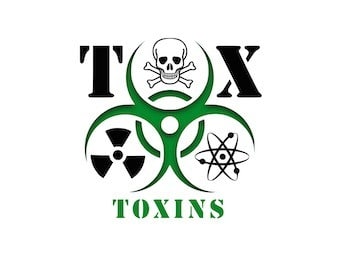
Ticks
Ticks are arachnids that obtain blood for nourishment. There are over 70 species in Australia but only three that cause paralysis: Ixodes holocyclus (almost always the culprit). Ixodes cornuatus and Ixodes hirsti.

Ticks are arachnids that obtain blood for nourishment. There are over 70 species in Australia but only three that cause paralysis: Ixodes holocyclus (almost always the culprit). Ixodes cornuatus and Ixodes hirsti.

White-tailed Spiders are fund throughout Australia and wrongfully been accused of causing necrotic lesions on the skin. We now how evidence that this is not the case and a painful bite with red mark is the typical presentation.

Funnel-web spiders comprise of 40 species capable of causing a lethal envenomation. Unfortunately they look very similar to other BIG BLAKC spiders such as the trap door and mouse spiders. Therefore you need an approach to the big black spider bite in areas where the funnel-web lives.

Redback Spider bites are the most common envenoming in Australia. Venom is from the latrodectus genus which is abundant in different countries around the world. Some of which use antivenom and some do not. This is a hot debated topic in toxicology and will shall explain further in this post.

Blue-Ringed Octopus bites usually occur if you are hanging around Bond villains or you pick these up and play with them, the venom comes from a beak under the body of the octopus and not the tentacles. Scarily you will will become paralysed soon after the bite but will be fully aware like a locked in syndrome.

The family Scorpaenidae (Scorpionfish) contains around 45 genera and 380 species. Scorpionfishes have large, heavily ridged heads and venomous spines on their back and fins.

Sea snake envenomation is rare as they are infrequently aggressive and have a smaller apparatus to bite. The most common scenario is a bite from handling, usually when trying to remove them from fishing nets. Classically they cause a descending symmetrical paralysis and myotoxicity.

Australian Scorpions - bizarrely are less dangerous then those found elsewhere in the world. Current evidence would suggest they usually cause temporary pain and minor systemic symptoms only. Interestingly the smaller the scorpion the more painful the bite is.

A taipan envenomation is usually lethal without antivenom treatment. It classically causes a rapid venom induced consumptive coagulopathy (VICC), neurotoxicity and myotoxicity.

The Tiger Snakes are the only venomous snake in Tasmania and coexist with brown snakes in Australia with similar clinical features in early envenomation. Also behind the brown snake they can also cause death.

Brown snake is the most common culprit for severe envenomations in Australia. It classically causes a Venom-induced consumptive coagulopathy (VICC) or a partial VICC (20% of envenoming). In a few cases Brown snakes are responsible for collapse and in approximately 5% of those envenomed cardiac arrest, the exact mechanism is unknown but probably secondary direct cardiotoxicity

The Death Adder are found throughout most of Australia and Papua New Guinea but bites and envenoming are rare. They are largely nocturnal at is unheard of for them to bite above knee height because they lie in wait for prey twitching its grub-like tail close to its head as a lure.